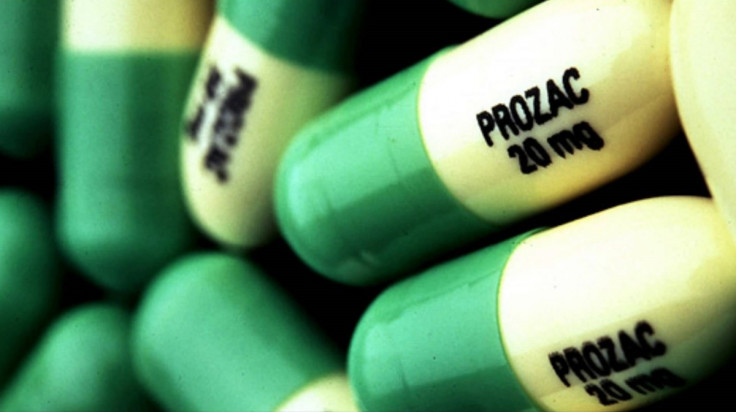Antidepressants may increase anxiety by activating serotonin-driven brain pathway
Study in mice challenges idea that neurotransmitter serotonin is only linked to happy moods.

Antidepressants known as selective serotonin reuptake inhibitors (SSRIs) help millions of people worldwide, but they can have an unintended effect: they worsen anxiety during the first weeks of treatment. Scientists at the University of North Carolina have now identified a serotonin-driven anxiety circuit, which they say may be to blame.
While the negative side-effect of antidepressants is well known among health experts, they have long struggled to understand its causes. However, since increased anxiety leads many people to stop their treatment before they have begun benefiting from it, scientists were keen to find out more, to improve therapeutic outcomes for patients.
The recent study published in the journal Nature, contradicts the popular view that neurotransmitter serotonin only promotes positive feelings, and maps out a brain anxiety circuit associated with it.
Serotonin is not all good
SSRIs are a very widely used group of antidepressants. They act by boosting serotonin activity in the brain. This neurotransmitter is usually described as having a positive impact on mood and behaviour.
Serotonin works by carrying a message between nerve cells, before being absorbed by them. This process is known as "reuptake" and SSRIs function by blocking it so serotonin is more widely available in the brain. In a series of experiments with mice, the scientists have shown that this might not always be a good thing, as serotonin could also potentially result in increased anxiety levels.
First, they made the rodents anxious by giving them a mild shock to the paws. They observed that serotonin-producing neurons were subsequently activated in a brain region known to be involved in mood and depression – the dorsal raphe nucleus (DRN).
These neurons then projected to a brain region that is called the bed nucleus of the stria terminalis (BNST), activating BNST neurons through specific serotonin receptors. The DRN-to-BNST neuron pathway is therefore driven by serotonin and when it is activated, scientists observed enhanced anxiety-like behaviours in mice.
They have thus identified a neuron circuit associated with serotonin that leads not to happier moods but to increased anxiety. It could explain why depressed and anxious patients may get even more anxious when they take antidepressants.
Potential drug treatment
In the long-term, the findings may help improve the treatments that depression patients receive. "The hope is that we'll be able to identify a drug that inhibits this circuit and that people could take for just the first few weeks of SSRI use to get over that hump," says senior investigator Thomas L Kash. "More generally, this finding gives us a deeper understanding of the brain networks that drive anxiety and fear behaviour in mammals."

The scientists have already found a potential drug candidate. Indeed, the anxiety-mediating BNST neurons expressed a stress-signalling molecule called CRF. They provided the mice with a compound that blocks this molecule's activity and observed that the animals' fearful behaviours decreased significantly. Further research is nevertheless needed before clinical trials are established.
"Other researchers are working to develop better CRF-inhibiting compounds, so that's one potential direction to take, but there are others," Kash concludes. "We're now looking at the various proteins expressed by these BNST neurons, and we're hoping to identify a receptor that is already targeted by established drugs. One of them might be useful for people as they start taking SSRIs."
© Copyright IBTimes 2025. All rights reserved.






















